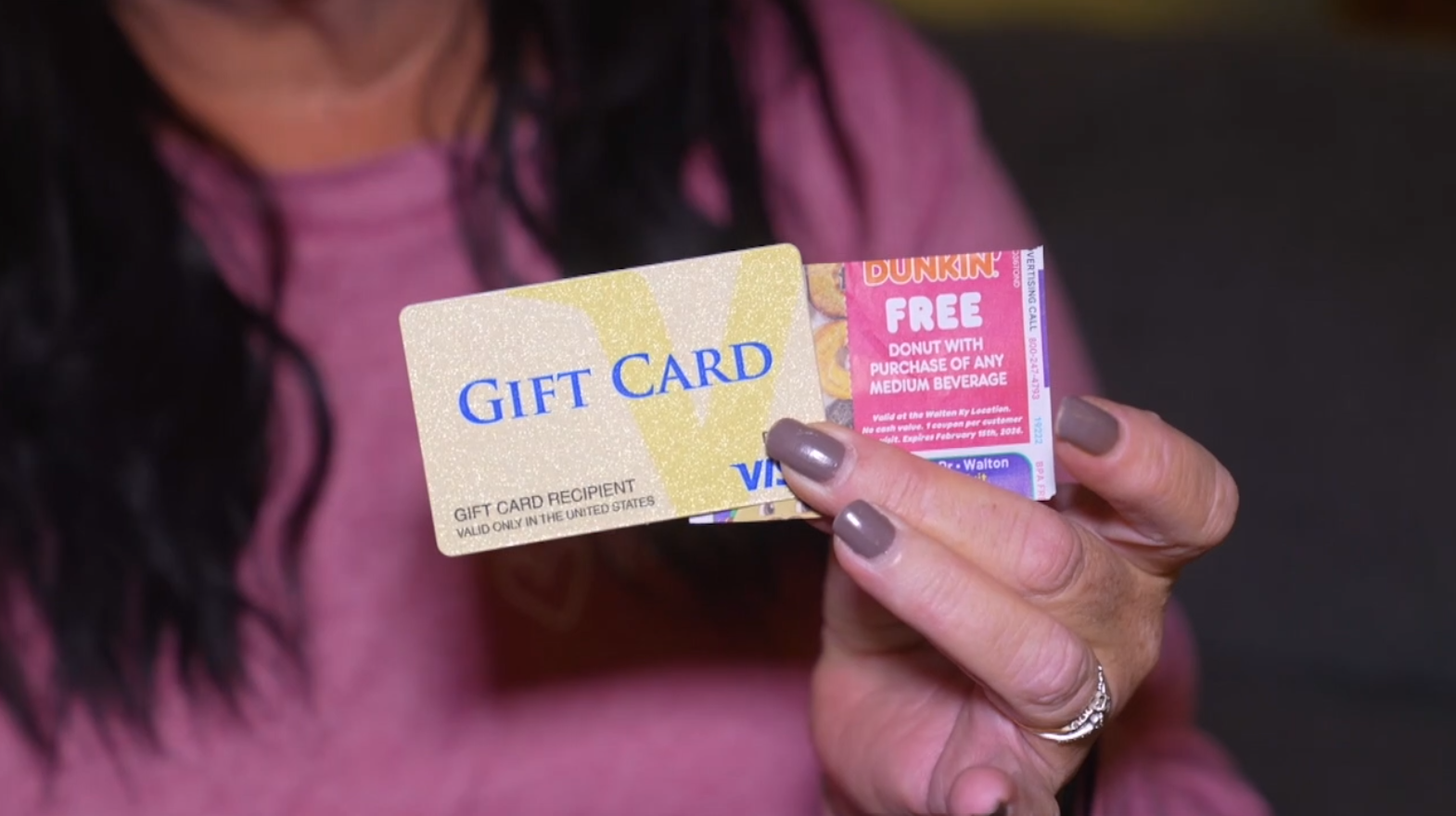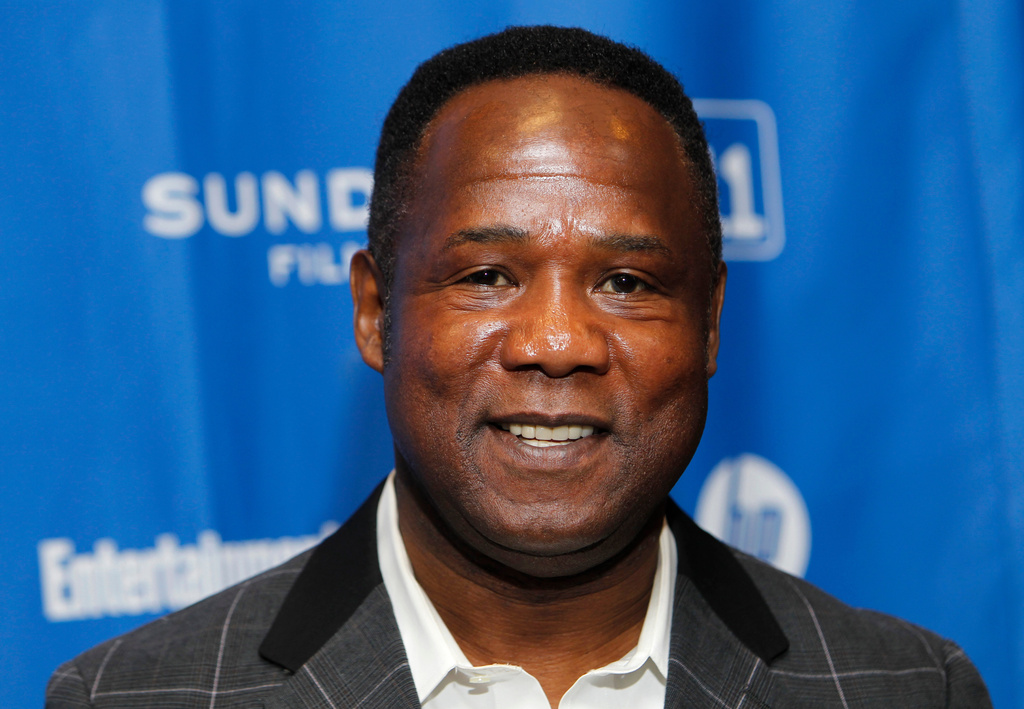Many dream of becoming an astronaut when they grow up, and some students across the country are already getting involved in NASA space missions.
The U.S. space agency selected 60 groups of middle and high schoolers in a national competition to participate in a high-altitude balloon science experiment. The competition is called the NASA TechRise Student Challenge.
One of the 60 finalists is a group of 7th graders at the STEM Lab school in Northglenn, Colorado. They are known as a shy bunch, but confident.
"Our team has the brains to win," said Britanta Shrestha.
They're also creative.
"We came up with this idea that since NASA is doing their Artemis missions which involves going to the moon and setting up colonies there, we came with this crazy idea of, like, if people are living there in the near future, how would they get Amazon packages?" said Ray Mahajan.

NASA's mightiest moon rocket lifts off 50 years after Apollo
The mission should clear the way for astronauts on the program's next lunar flyby, set for 2024.
NASA Flight Opportunities program manager Danielle McCulloch says the challenge was initiated by NASA's desire to get students engaged in STEM at a young age.
"The NASA TechRise Student Challenge is a hands-on STEM experience for students in grades six through 12, and it allows students to go through exactly the same process of coming up with an idea, developing a payload and doing a flight test that NASA researchers would do in a similar situation," McCulloch said. "Their creative approach and their ability to think about things a little bit differently is really important to us."
Jess Noffsinger is an engineering teacher and leads the school's STEM lab.
"You never expect the solutions that students come up with. When you have adults try to solve any problem, you get the list of things you can't do," said Noffsinger.
"With kids, they're always like, 'Well, what if we could do this?'" she said.
You may laugh at the idea of shipping Amazon packages to the moon, but Noffsinger says the students are helping to solve real-world problems.
"So they were really able to tie it to like, we're going to have to ship things back and forth to the moon, and it can't be like now where it's thousands of dollars for every pound you send up to space," said Noffsinger.
"Ultimately we're testing how different packaging materials react and shield radiation," said Ray.
They'll get to test it in an actual NASA launch of a high-altitude balloon that will go into the stratosphere, float for three hours, and come back down.

First Native American woman in space talks to reservation's students
Students on the Flathead Indian Reservation asked Nicole Mann questions as she was aboard the International Space Station.
Both Noffsinger and McCulloch say student projects like these help young people know they can do STEM careers.
"Students may not think that they're good at math or science based on what's presented to them in the classroom," McCulloch said. "But when they have a project like this, they just flourish and really excel."
"I think the biggest thing schools could do with their students is to trust them to solve important problems and to engage in real work," said Noffsinger.
"So often we're like, 'Oh, you can do the cool stuff when you're older, once you've had these advanced classes, you can do these amazing things.' They can do amazing things when they're five, or as 7th graders," she said.











